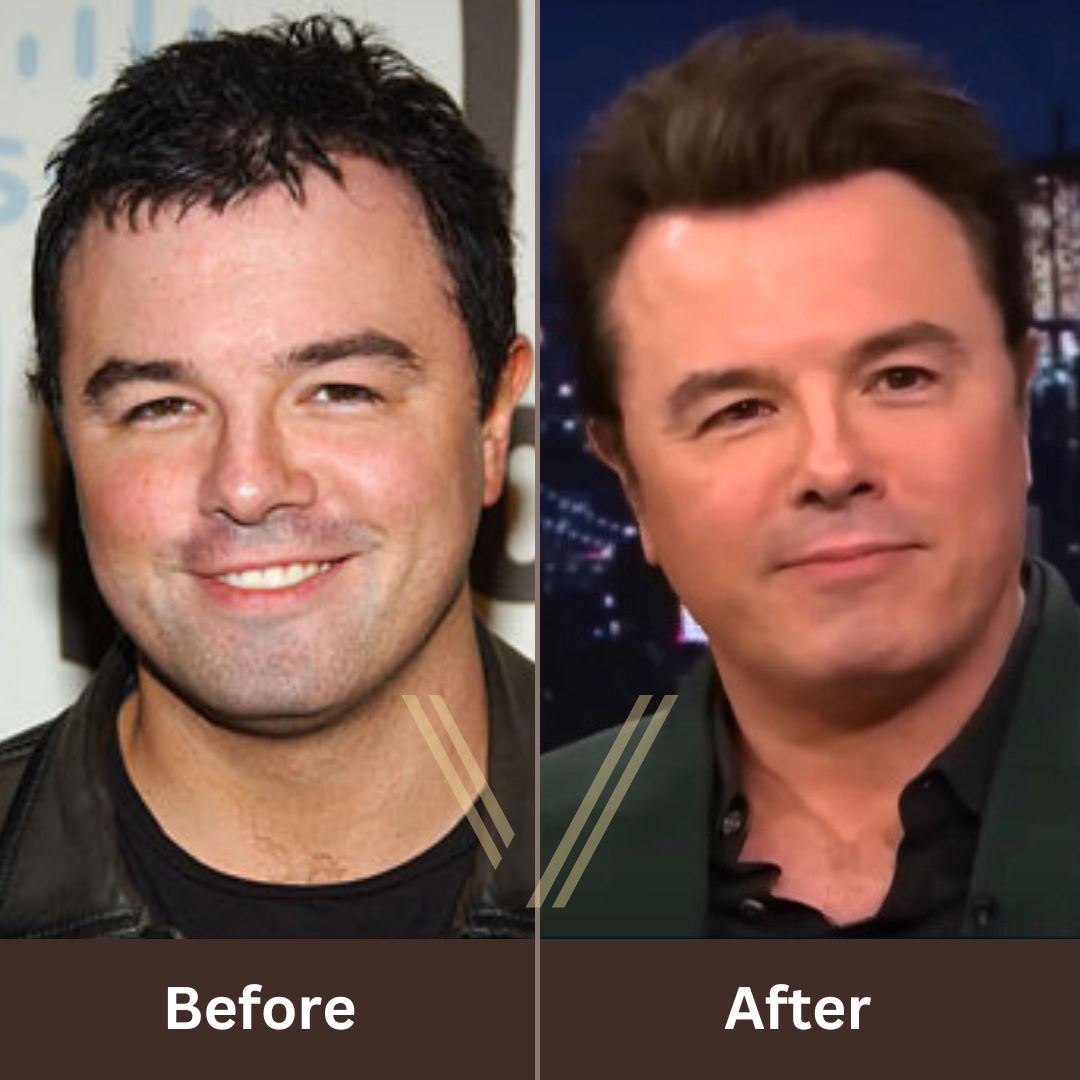Long office hours frequently result in extended sitting, little mobility, and the development of mild but enduring muscular tension. The amount of stiffness that results from workplace posture, decreased mobility, and repeated typing or screen-focused activities is often underestimated. Reduced flexibility, stiffer joints, and soreness that persists into the nights and weekends might result from this over time. Swedish massage can be an effective method to release stiffness and regain range of motion because of its mild strokes, rhythmic kneading, and circulation-boosting methods. By understanding how this therapy works, one can choose it not just for relaxation, but for physical recovery and long-term mobility support.
1. Gentle Techniques Restore Ease of Movement
Swedish massage is recognized for its flowing strokes, kneading, and gentle pressure that encourages the body to relax naturally. Unlike deep tissue massage, which targets heavily knotted muscles, Swedish techniques focus on releasing surface-level tension before going deeper. Many people seeking relief from office strain find this approach beneficial because it encourages the nervous system to shift from a stress-heavy state into a more relaxed one. This shift is essential for easing stiffness that builds as the body stays in a fixed sitting position for hours.
A trained therapist at a Spa in Chennai will typically begin by warming the muscles with broad, gliding movements. This gradually increases circulation and prepares the tissue for deeper work, allowing muscles to lengthen again and restore flexibility. People often notice the difference immediately, movements feel lighter, and the body responds more fluidly than before.
2. Improves Blood Flow to Stiff Areas
One of the main reasons office workers experience stiffness is reduced circulation in areas that remain inactive for long periods, such as the lower back, hips, and neck. Swedish massage uses rhythmic strokes that enhance blood flow, allowing oxygen and nutrient-rich blood to reach areas suffering from tension. Better circulation promotes faster healing and reduces the sensation of heaviness or fatigue in muscles.
Additionally, the increased blood flow aids in the removal of waste products from metabolism that accumulate in tense muscles. Inflammation goes down and the body’s normal comfort level is restored when these wastes are eliminated.
3. Reduces Muscle Tension and Stiffness
Muscles held in one position for too long eventually begin to shorten. This shortening is what causes tight hamstrings, stiff shoulders, and restricted spine movement. Swedish massage encourages muscles to release through sustained, lengthening-focused strokes. Over time, the body begins to remember these relaxed patterns, leading to easier movement throughout the day.
Consistent sessions may help in preventing stiffness from returning. For office professionals, this can mean fewer episodes of neck locking, lower back discomfort, and shoulder tightness.
4. Supports Better Joint Flexibility
Joint mobility depends heavily on surrounding muscles and connective tissues. When these tissues are tight, joints struggle to move smoothly. Swedish massage increases flexibility by working along muscle fibers and fascia, encouraging them to stretch gradually.
This can be especially beneficial for “computer shoulders,” where the chest muscles tighten and pull the shoulders forward. Over multiple sessions, posture alignment improves, which further enhances joint comfort and range of motion.
5. Supports Posture Recovery and Long-Term Muscle Balance
Poor posture is often one of the biggest contributors to muscle pain and reduced flexibility. Sitting for long hours encourages slouching, forward head posture, and rounding of the shoulders, all of which place strain on the spine. As Swedish massage loosens tight muscle groups and stimulates underused ones, the body gradually begins to realign itself into a more balanced posture.
Professionals who visit a Spa in Anna Nagar for Swedish massage sessions often note that as their muscle balance improves, their natural posture improves as well. This not only feels better physically but also supports better breathing and overall movement efficiency.
6. Encourages Mental Relaxation for Physical Ease
Muscle tension is not just physical it is also influenced by emotional and mental stress. Swedish massage is deeply calming to the nervous system, promoting a state of rest where the body can repair itself. When the mind relaxes, muscles loosen more easily. This is why many office professionals find that Swedish massage doesn’t just relieve physical discomfort it also improves sleep, reduces irritability, and restores a more balanced mood.
During these sessions, a peaceful environment and steady rhythmic touch help the mind settle. Le Bliss Spa offers Swedish massage sessions designed to help office workers unwind physically and mentally, creating a space for complete restoration.
7. Helps the Body Recover Faster Between Workdays
Recovery is essential for maintaining long-term flexibility. When the body remains in a cycle of tension, the muscles never fully reset, leading to chronic discomfort. Swedish massage interrupts this cycle by giving the body space to restore. After sessions, individuals often feel more mobile, lighter, and ready to take on daily tasks without the heaviness they previously experienced.
Over weeks or months, this regular recovery support improves resilience, making it easier to maintain flexibility even during busy workweeks.
Swedish massage provides more than just short-term comfort. This treatment promotes long-term flexibility, posture, circulation, and muscle relaxation for professionals who spend their days glued to their workstations, browsing computers, or enduring repeated job patterns. Swedish massage is a beneficial complement to a health regimen aimed at reestablishing natural mobility and lessening the physical stresses of contemporary work life because of its mild yet efficient nature.



